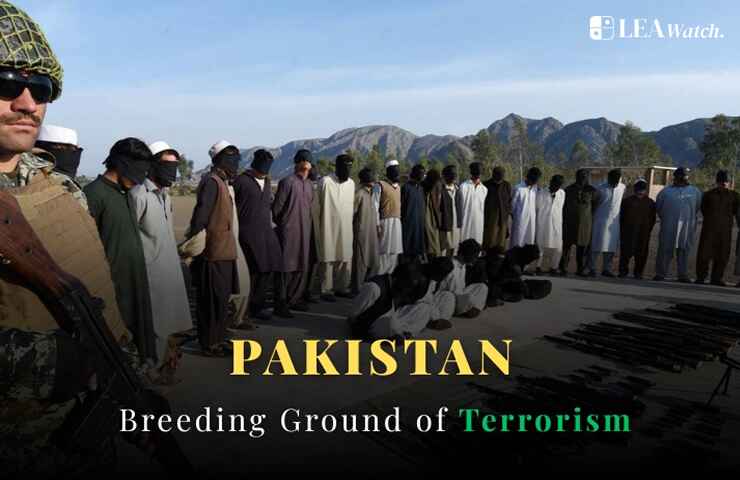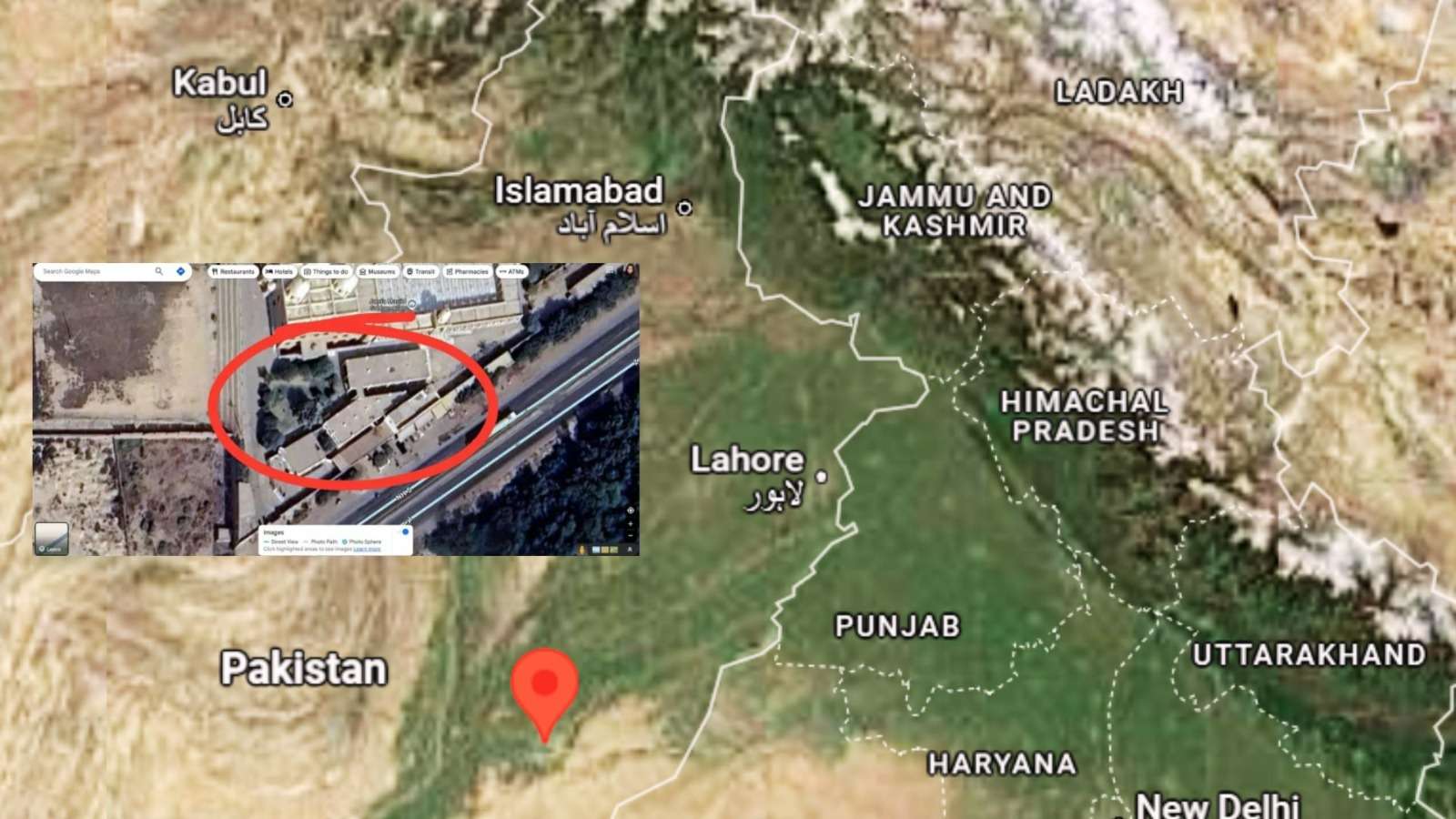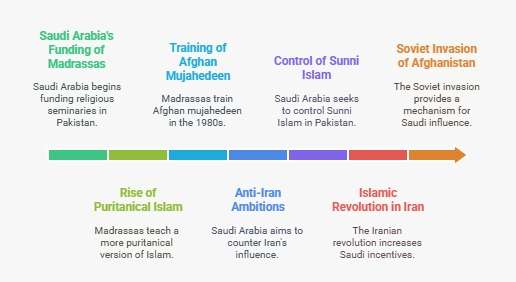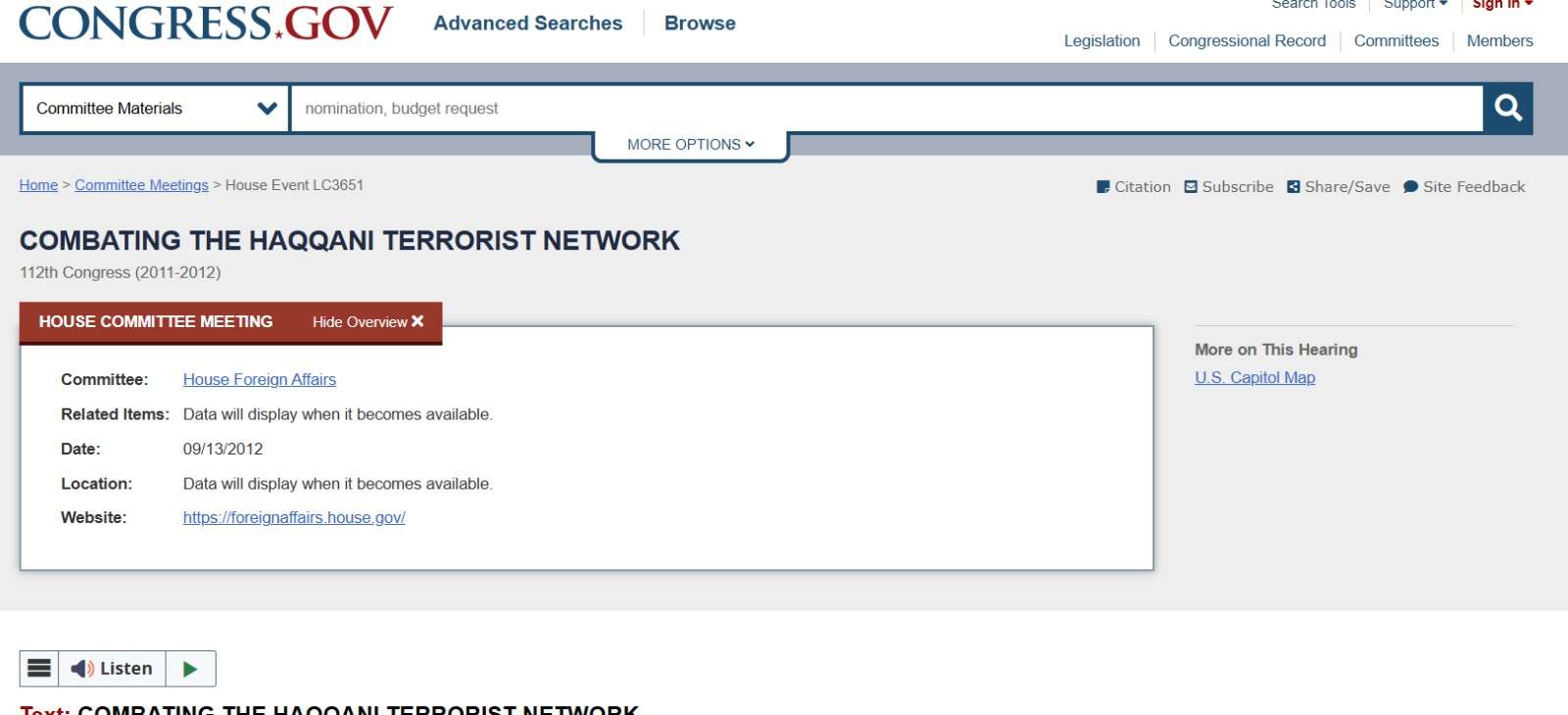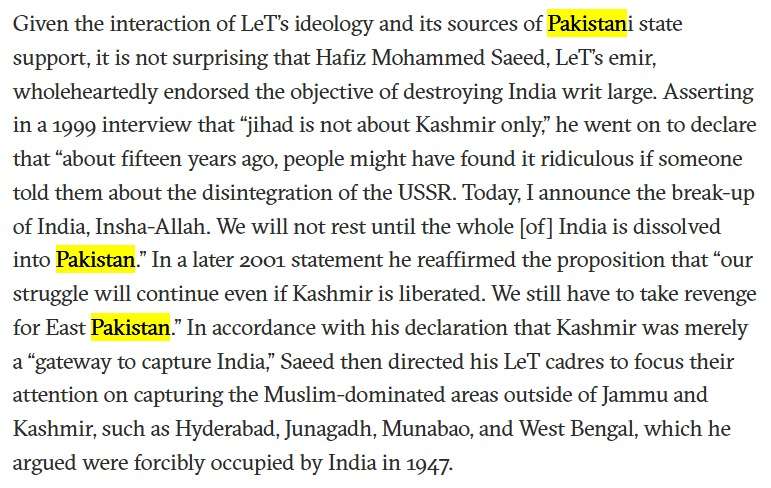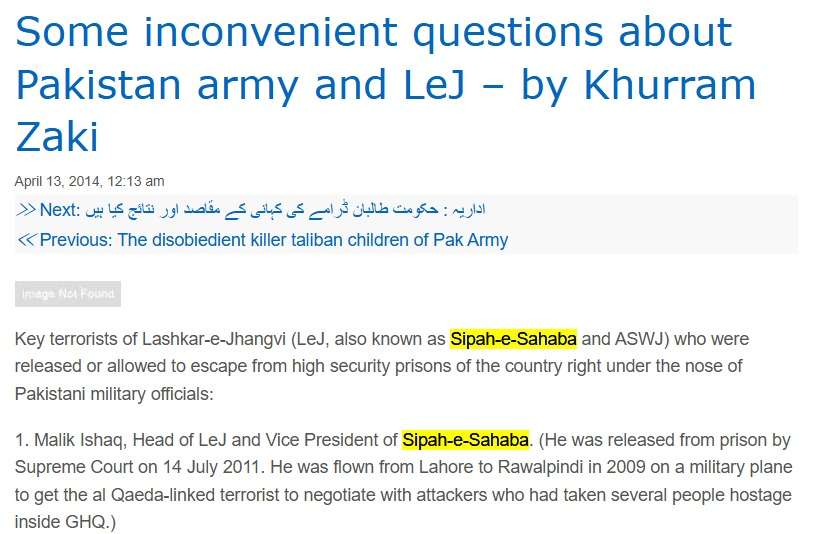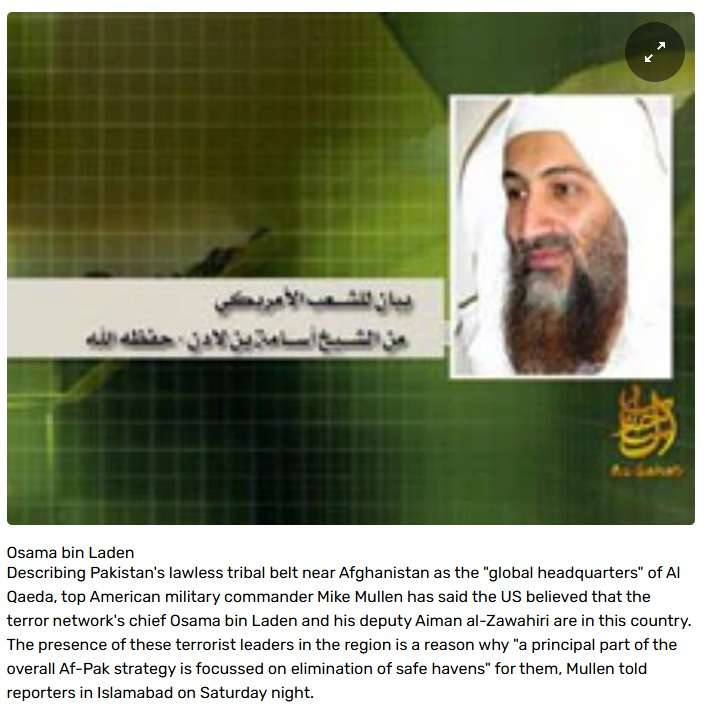The Reopening of Bahawalpur Terror Centre Weeks after an Indian Air Force (IAF) strike under “Operation Sindoor” in May, authorities at the Jaish-e-Mohammed’s (JeM) Jama-e-Masjid Subhan Allah seminary in Bahawalpur have reopened their on-campus swimming pool for classes, as announced on JeM’s social media feeds. This reopening signals that the seminary’s estimated 600 students have resumed regular activities. Notably, JeM militants have occasionally used this pool while awaiting orders before heading to operational areas like Kashmir. Key members involved in the 2019 Pulwama attack, including Muhammad Umar Farooq, Talha Rasheed Alvi, Muhammad Ismail Alvi, and Rasheed Billa, were photographed at the pool before their deployment to Kashmir.
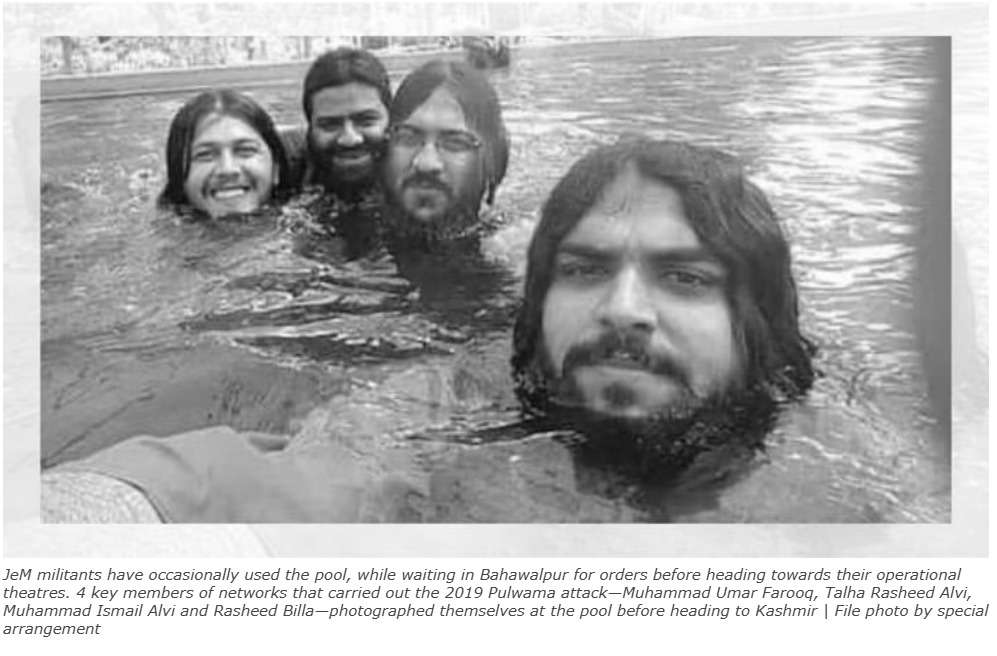 An Indian government official noted that while reopening a swimming pool might seem minor, it serves as a significant attraction for poor children in the Bahawalpur area, who constitute the primary recruitment base for JeM’s cadre. Furthermore, this action is seen as a clear signal that the Inter-Services Intelligence Directorate (ISI) has “no intention” of shutting down terror-linked groups, despite ongoing military hostilities. The JeM leadership has also become more public since the May military clashes, with Emir Masood Azhar Alvi releasing speeches vowing to destroy the Ayodhya Ram Mandir and bragging about organizational resources spent on his family’s funerals. Although JeM is a banned organization in Pakistan and its leader’s brother, Abdul Rauf Rasheed Alvi, faces US sanctions, local authorities have never prosecuted him, illustrating the state’s complex relationship with these groups. Former Punjab law minister Rana Sanaullah Khan openly stated in 2016 that prosecuting groups like Jamaat-ud-Dawa and Jaish-e-Mohammed is difficult because “the state, itself, has been involved” with them.
An Indian government official noted that while reopening a swimming pool might seem minor, it serves as a significant attraction for poor children in the Bahawalpur area, who constitute the primary recruitment base for JeM’s cadre. Furthermore, this action is seen as a clear signal that the Inter-Services Intelligence Directorate (ISI) has “no intention” of shutting down terror-linked groups, despite ongoing military hostilities. The JeM leadership has also become more public since the May military clashes, with Emir Masood Azhar Alvi releasing speeches vowing to destroy the Ayodhya Ram Mandir and bragging about organizational resources spent on his family’s funerals. Although JeM is a banned organization in Pakistan and its leader’s brother, Abdul Rauf Rasheed Alvi, faces US sanctions, local authorities have never prosecuted him, illustrating the state’s complex relationship with these groups. Former Punjab law minister Rana Sanaullah Khan openly stated in 2016 that prosecuting groups like Jamaat-ud-Dawa and Jaish-e-Mohammed is difficult because “the state, itself, has been involved” with them.
The Nature of the Pakistani State:
Pakistan’s history has been heavily scrutinized due to political instability, questions of nuclear surety, civil violence, and religious extremism, particularly in its contentious relationship with India. The evolution of terrorism in Pakistan is rooted in its unique societal and political landscape. Pakistan was founded as a secular state for South Asian Muslims and remained relatively liberal until the 1970s, with various Muslim sects (Sunni, Shia, Sufi) coexisting with other religious communities.
However, the Pakistani state has been deeply influenced by its powerful military and intelligence agencies, particularly the Inter-Services Intelligence (ISI). After repeatedly losing wars with India, Pakistan’s democratic processes weakened, leading to sectarian violence, political corruption, and government incompetence. In response, politicians increasingly invoked Islam to forge a sense of national identity, culminating in Islam being codified as the state religion in 1973.
A pivotal shift towards Islamization occurred under military dictator Zia ul-Haq, who supported stricter Islamic mores to unify and strengthen Pakistan, while simultaneously legitimizing his regime. As a counterweight to the 1979 Iranian Revolution, Zia welcomed money from Saudi Wahhabis to fund madrassas (Islamic schools), which expanded dramatically from 900 to over 33,000.
He also promoted Islamists within the civil service, military, and judiciary, enforced blasphemy laws, and significantly increased the power of the ISI. This historic alliance between the ISI, military, and self-styled religious scholars has led to a colossal rise of radical Islam, making Islamic fundamentalism a strong factor in the country. The ISI’s influence is so pervasive that it is believed to orchestrate mergers and rifts even within militant groups like Hizbul Mujahideen as a “divide-and-control” strategy.
Historical Support for Terrorism by Pakistan
Pakistan has been known for its perennial support of the Taliban in Afghanistan and various terrorist organizations in Indian Administered Jammu and Kashmir. The US State Department’s report on Patterns of Global Terrorism in April 2001 specifically identified Islamabad as the chief sponsor of militant groups fighting in Indian Administered Jammu and Kashmir.
Pakistan’s historical support for various militant and terrorist groups includes:
- Taliban (Afghan Taliban): The Afghan Taliban itself was a creation of the ISI and a de facto proxy by the time it took over Kabul in 1996. Former Minister of Interior, Nasrullah Babar, explicitly admitted, “We created the Taliban”. The ISI and Pakistani military have provided continuous financial, logistic, military, and direct combat support to the Taliban. After 9/11, the ISI is widely acknowledged to have provided sanctuary to the Afghan Taliban inside Pakistan and supported its resurgence. The Taliban’s top leadership, including the Quetta Shura, is believed to be based in Pakistan, with the knowledge and approval of the military and ISI. Mullah Omar, the Taliban’s founder, died in a Pakistani hospital
 Haqqani Network (HQN): This Taliban-affiliate is considered the most capable and dangerous insurgent organization in Afghanistan, effectively organizing tribal and insurgent groups in ways consistent with Pakistani government interests. The ISI provided safe havens, monitored movements, and manipulated its fighters. Despite its overt links to Al Qaeda, HQN remains a favorite of Pakistan’s military, which deliberately ignores its presence during operations in FATA. HQN is listed as a Foreign Terrorist Organization by the US, and its senior members are designated as Global Terrorists.
Haqqani Network (HQN): This Taliban-affiliate is considered the most capable and dangerous insurgent organization in Afghanistan, effectively organizing tribal and insurgent groups in ways consistent with Pakistani government interests. The ISI provided safe havens, monitored movements, and manipulated its fighters. Despite its overt links to Al Qaeda, HQN remains a favorite of Pakistan’s military, which deliberately ignores its presence during operations in FATA. HQN is listed as a Foreign Terrorist Organization by the US, and its senior members are designated as Global Terrorists.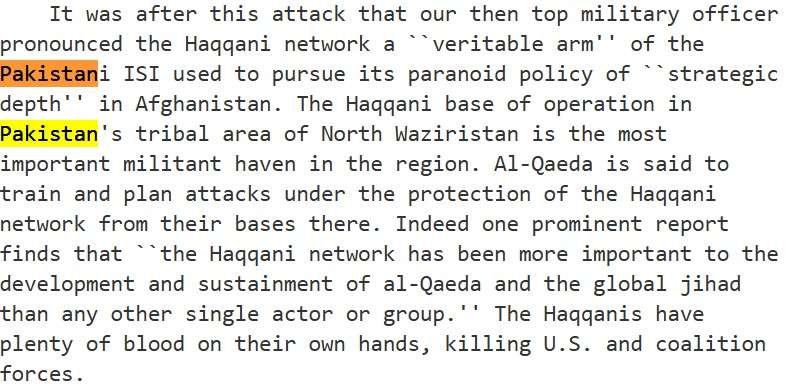
Kashmir-Focused Groups: Pakistan systematically supported groups operating in Indian Administered Jammu and Kashmir. These groups include:
- Jamaat-e-Islami (JI): Linked to militancy, its “Rajakar fighters” participated in the 1971 Bangladesh Liberation War alongside the Pakistan Army. After the Soviet withdrawal from Afghanistan, JI, with ISI support, turned its attention to Jammu and Kashmir, establishing groups like Hizbul Mujahideen solely for Jihad.
- Hizbul Mujahideen (HM): Formed in 1989 to unite Indian Administered Jammu and Kashmir with Pakistan and establish an Islamic Caliphate. It follows and is funded by Jamaat-e-Islami ideology. Pakistani officials believe HM controls up to 60% of Mujahideen in Kashmir and works with Lashkar-e-Taiba. The ISI is believed to arrange internal splits and mergers within HM as a “divide-and-control” strategy. HM recruits students from universities and JI-affiliated madrassas.
- Lashkar-e-Taiba (LeT): The most prominent Ahl-e-Hadith group, founded in the mid-to-late 1980s. It claims the largest militant network in Pakistan with 2,200 offices and two dozen camps for fighters. LeT members carried out major attacks against India, including the dreaded 2008 Mumbai attacks (26/11), admitted by the sole surviving gunman. US intelligence believed ISI provided intelligence assistance and protection to LeT as of December 2008. LeT receives donations from the Pakistani diaspora, Muslim NGOs, and businesspeople. Pakistan refuses to crack down on LeT, and no implicated members of the Mumbai attacks have been prosecuted. LeT operates openly inside Pakistan and is listed as a Foreign Terrorist Organization by the US.
- Jaish-e-Mohammad (JeM): Formed in 2000 by Maulana Masood Azhar, who reportedly received heavy funding from ISI, the Taliban, and other Sunni groups. JeM advocates a pan-Islamic, anti-West, anti-Jew ideology with the primary objective of uniting Kashmir with Pakistan. It was implicated in the 2001 attacks on the Kashmir Legislative Assembly and the Indian Parliament, and also in assassination attempts on President Musharraf. Though outlawed in 2002, it continues to operate openly in Pakistan through splinter groups. JeM is supported by Pakistan’s military due to its hostility to India. It is a US Designated Foreign Terrorist Organization.
- Harkat-ul-Mujahideen (HuM): Formed in 1985, primarily focused on the Kashmir conflict and politically linked to a Deobandi religious organization. It conducts training in Pakistan and operates in Kashmir and Afghanistan. HuM is listed by the US as a Foreign Terrorist Organization.
- United Jihad Council (UJC): An umbrella organization of close to 13 jihadi outfits, formed by Pakistan in 1994 to ensure complete control over jihadi activities in Indian Administered Jammu and Kashmir. The ISI is believed to be its major financier. Its sole objective is to incorporate Kashmir into Pakistan. The UJC chairman, Syed Salahuddin, was declared a “Global Terrorist” by the US in 2017.
- Sipah-e-Sahaba (SSP): A leading Sunni Deobandi group, banned in 2002 but the ban was later removed. The government used SSP madrassas to train and support Mujahideen in Afghanistan and Kashmir, leading them to “turn a blind eye to the subversive activities” of SSP members.
- Lashkar-e-Jhangvi (LeJ): A radical offshoot of SSP, it seeks to marginalize Shias and turn Pakistan into a Sunni State. It has close links with the Taliban, fighting alongside them in Afghanistan, and has been implicated in attacks on Shiite mosques, Christian, and Western targets in Pakistan. LeJ has also collaborated with ISIS.
- Tehreek-e-Taliban Pakistan (TTP): While primarily an insurgency against the Pakistani government, it receives logistical support from Punjab-based groups like SSP/LeJ, allowing it to conduct attacks throughout Pakistan. Some reports state that TTP receives support from many high-ranking (retired) ISI officers.
 Al Qaeda: Widely believed to still maintain camps in western Pakistan where foreign extremists receive training. Its leaders, including Osama bin Laden, were widely believed to be hiding in Pakistan, a fact Pakistan staunchly denied until bin Laden was killed in Abbottabad. Al Qaeda operatives took refuge in Pakistan’s FATA after 9/11.
Al Qaeda: Widely believed to still maintain camps in western Pakistan where foreign extremists receive training. Its leaders, including Osama bin Laden, were widely believed to be hiding in Pakistan, a fact Pakistan staunchly denied until bin Laden was killed in Abbottabad. Al Qaeda operatives took refuge in Pakistan’s FATA after 9/11.
- Broader ISI Involvement: Beyond specific groups, the ISI has been involved in running several military intelligence programs in India, such as supplying arms to insurgents in North-East India, supporting pro-Khalistan terrorist groups in Punjab, and actively printing and supplying counterfeit Indian currency notes. They are also allegedly involved in major terrorist attacks like the 1993 Mumbai bombing, and the Pathankot and Uri attacks. The ISI’s yearly expenditure towards terrorist organizations is estimated between 125-250 million USD.
The US War Against the Soviets and the Flourishing of Pakistan-Based Terrorists
The Soviet invasion of Afghanistan in December 1979 played a crucial role in the survival and flourishing of Pakistan-based militant groups. The United States and Saudi Arabia heavily supported Pakistan to wage a proxy war against the Soviets. This period saw the US Central Intelligence Agency (CIA) launching “Operation Cyclone”, a program to arm and finance Jihadi warriors in Afghanistan.
Pakistan systematically coordinated the conduit and distribution of arms and financial means to terrorist groups, often favoring the most retrogressive and extremist Mujahideen factions, such as Gulbuddin Hekmatyar’s Hezb-e Islami. The US adopted a hands-off approach, providing money, supplies, and arms to the ISI, which was then “flush with cash, weapons, and materiel”. This indirect approach led to Osama bin Laden’s network becoming prevalent and well-endowed due to its ISI connections. Pakistan received substantial financial aid, including roughly $2 billion USD from the US and nearly $300 million USD from Saudi Arabia by the early 1980s.
Pakistani President General Muhammad Zia ul-Haq skillfully used the Afghanistan situation to legitimize and strengthen his military regime, which observers believe would not have lasted as long without the war and the international assistance it attracted. He projected Pakistan as the defender of Islam against Soviet communism and promoted a political system guided by religious principles and Islamic law.
After the Soviet withdrawal in 1989, the US lost interest, and funding dried up, leaving the Afghan Mujahideen as Pakistan’s “inheritance”. Thousands of trained jihadis from across the Muslim world were left in Pakistan with combat experience, radical ideology, and weapons, but “no place to go, and nothing to do”. The ISI seized this opportunity, leveraging the recent “victory” against the Soviets, to attempt a similar endeavor in Kashmir. Weapon training camps set up for the Afghan Mujahideen were transformed by the ISI into indoctrination centers for Islamists, who were then transported to the Kashmir Valley to replicate their Afghan success. This included sending “unemployed” Afghan Mujahideen and Pakistani volunteers from Islamist groups like LeT, JeM, and LeJ to Kashmir to convert a secular political agitation into a religious “Jihad”. The US is indirectly responsible for terrorism in the Kashmir Valley as it covertly worked from “safer havens in Pakistan”.
How Terrorism Threatens Pakistan’s Own State
Paradoxically, despite its role in fostering terrorism, Pakistan itself has become a victim of its “own holy war” and an “epicentre of terror”. The majority of terrorist victims in Pakistan are Pakistanis due to Muslim-on-Muslim aggression, a pervasive sectarian violence that is difficult to distinguish from terrorism.
The country’s security situation has deteriorated significantly post-9/11, even with substantial US aid. Pakistan faces a brutal insurgency within its own boundaries, notably from the Tehreek-e-Taliban Pakistan (TTP), which is far more rejectionist and antagonistic towards the government. The TTP poses an internal security threat and was implicated in the assassination of former Prime Minister Benazir Bhutto. Senior Al Qaeda leaders, including Osama bin Laden, were widely believed to be hiding in Pakistan, a fact Pakistan denied until bin Laden was found and killed in Abbottabad.
The Pakistani government’s past policy of supporting extremist groups has made it difficult to immobilize them now. The sources highlight a fundamental contradiction: Pakistan cannot effectively tackle groups like the Pakistani Taliban and their sectarian collaborators while it continues to foster the Afghan Taliban and other Deobandi groups like Jaish-e-Mohammad, which operate against India. These terrorist groups have effectively developed into “Frankenstein’s Monsters” for both the Pakistani people and the state.
Specific instances of the internal threat are:
- The Peshawar attack (2016), in which Pakistani Taliban-linked gunmen killed 150 people, mostly children.
- Assassination attempts on former President Musharraf in 2003.
- Attacks on minorities, including Shias and Ahmadis, and Sufi shrines, by the TTP militants.
- The Federally Administered Tribal Areas (FATA) that is route the “most congenial locale to establish militant groups,” acquire a safe haven, and the “hub of all terrorist activities”. The Pakistani troops stationed in FATA after 9/11 were not welcome by traditional local leadership and spurred dissent.
- The influx of foreign terrorists (Chechens, Uzbeks, Arabs, etc.) into FATA, who train local Taliban and work against regional governments, exacerbates the situation.
While the sources extensively detail the internal threat and the lawlessness of FATA as a breeding ground for militants, they do not provide specific examples related to Balochistan illustrating how terrorism is destroying the state there. However, the overall picture presented is one of Pakistan being politically troubled and economically prostrate due to the internal attacks by domestic extremists.
The core issue is that the Pakistani Army and ISI still distinguish between “bad” terrorists (who target Pakistani Security Forces) and “good” terrorists (who advance its strategic objectives vis-à-vis Afghanistan, India, and Indian Administered Jammu and Kashmir). This selective approach, coupled with the ceaseless undermining of civilian authority by the military, prevents meaningful social reforms and leads to a “permanent state of instability and international isolation” if not addressed. As former US Secretary of State Hillary Clinton famously said, “You can’t keep snakes in your backyard and expect them to only bite your neighbour”.
Conclusion
Pakistan remains a complex nexus of state support for various terror outfits and a victim of its own policies. The country has been home to diverse militant groups, from those aiming to annex Kashmir to Pakistan, to others seeking to establish an Islamic Caliphate or target minority communities within Pakistan. These groups not only establish primary bases in Pakistan but also receive active or passive assistance from the state’s security establishment.
Pakistan’s involvement in the US-led “War on Terror” post-9/11 was highly ambivalent. While it played a vital role in facilitating US intervention in Afghanistan, often in exchange for billions of dollars in aid, it concurrently maintained staunch support for militant organizations like Lashkar-e-Taiba, the Haqqani Network, and the Afghan Taliban. This duplicitous strategy, termed “Pakistan’s Double Game,” has led to it being designated a conflicted ally and emerging as an “epicentre of global terror”. The revelation that Osama bin Laden lived undetected in Abbottabad, near a military academy, further underscores the deep-seated nature of this ambiguity. The continuous internal struggle against extremist groups, which are often offspring of its own past strategic choices, poses a serious challenge to Pakistan’s security and stability. The ongoing support for “good” terrorists for external utility in Afghanistan and India ensures a continuous risk of these groups turning back against their sponsor. For Pakistan’s integrity, future, and survival, a diametrical change in policy and a comprehensive consensus on terrorism are prerequisites, requiring the people, politicians, and the powerful Army to unite in the fight against all forms of terrorism.

